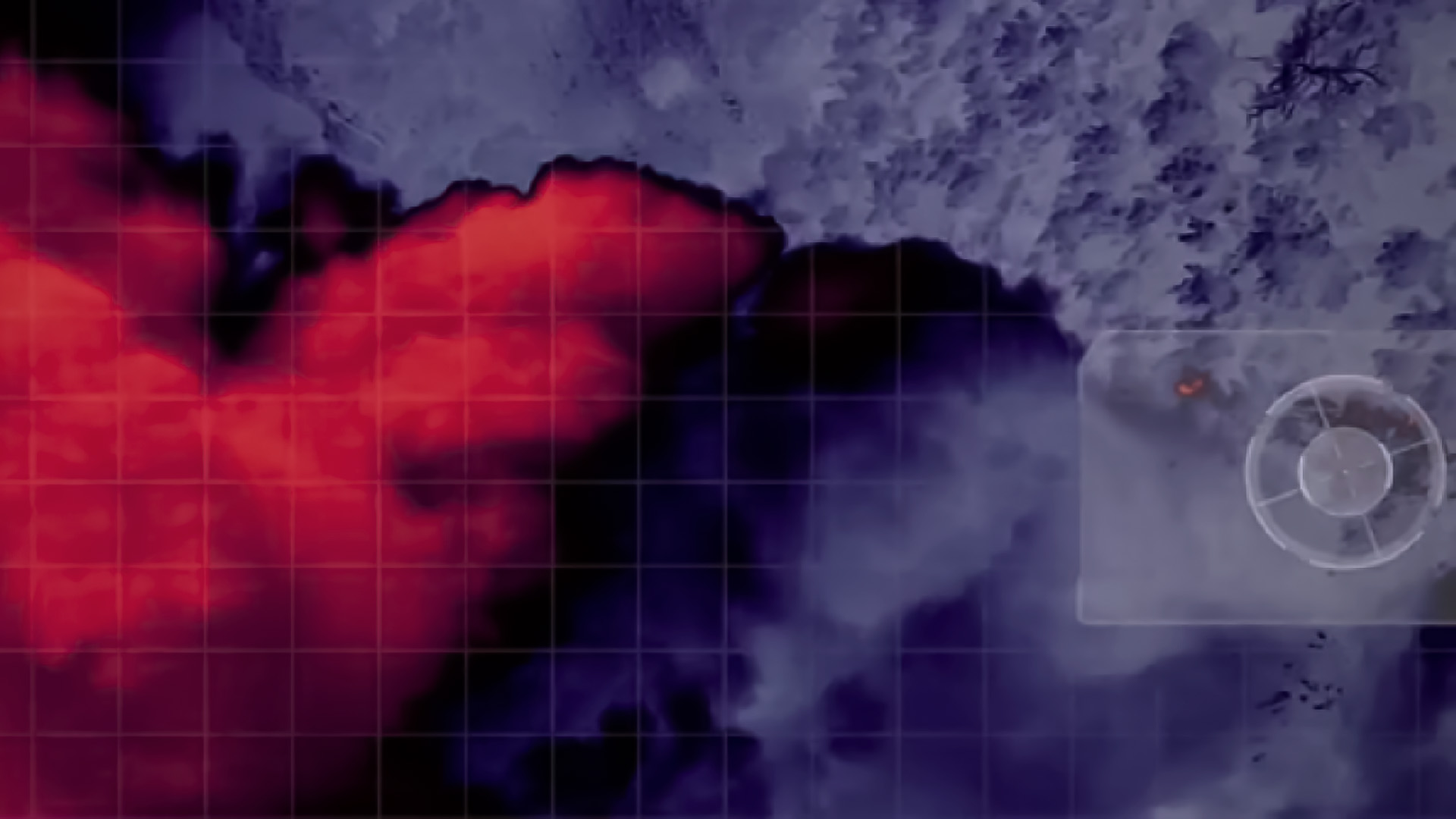Environmental monitoring plays a crucial role in understanding and addressing the challenges facing our planet. In recent years, advancements in drone technology have revolutionized the way we gather data and monitor various aspects of the environment. In particular, turbine-powered drones have emerged as a groundbreaking tool for environmental monitoring, offering unparalleled capabilities in data collection, efficiency, and accessibility. In this article, we will explore how drones are playing a pivotal role in protecting the planet through environmental monitoring.
Unprecedented Data Collection:
These drones have the ability to collect vast amounts of high-quality data, allowing for detailed environmental assessments. Equipped with advanced sensors and cameras, these drones can capture high-definition imagery, conduct aerial surveys, and collect data on various environmental parameters such as air quality, water quality, vegetation health, and land use. This wealth of data provides scientists, researchers, and policymakers with valuable insights into ecosystem dynamics, pollution patterns, climate change impacts, and biodiversity conservation efforts.
Enhanced Efficiency and Accuracy:
Compared to traditional methods of data collection, drones offer significant advantages in terms of efficiency and accuracy. These drones can cover large areas in a shorter time, providing a comprehensive view of the environment. With their ability to fly at different altitudes and navigate complex terrains, they can access remote or hazardous locations that are otherwise challenging to reach. The precise control and stability of drones ensure accurate data collection, enabling more informed decision-making and effective environmental management strategies.
Real-time Monitoring and Rapid Response:
Drones enable real-time monitoring, which is crucial for detecting and responding to environmental emergencies promptly. For example, in the case of oil spills, natural disasters, or wildfires, drones can quickly assess the extent of the damage, monitor the spread, and assist in emergency response efforts. Real-time data from these drones can aid in the deployment of resources, evacuation planning, and containment strategies, minimizing the environmental impact and protecting vulnerable ecosystems and communities.
Cost-effectiveness and Accessibility:
These drones offer cost-effective solutions for environmental monitoring compared to traditional methods such as manned aircraft or satellite imagery. The lower operational costs and flexibility of drones make them accessible to a wider range of organizations, including government agencies, research institutions, and environmental non-profit organizations. This accessibility enables more extensive monitoring efforts, facilitating comprehensive data collection and analysis over extended periods, ultimately leading to a better understanding of environmental trends and the effectiveness of conservation measures.
Conservation and Wildlife Protection:
Drones have proven to be instrumental in conservation and wildlife protection efforts. They can monitor protected areas, track animal populations, and detect illegal activities such as poaching or deforestation. Drones equipped with thermal imaging cameras can locate and identify endangered species, monitor their habitats, and gather crucial information for conservation strategies. By providing real-time data on wildlife behavior and habitat health, these drones contribute to the preservation of biodiversity and the implementation of targeted conservation initiatives.
Climate Change Research:
Climate change research heavily relies on accurate data collection and monitoring. Turbine-powered drones are increasingly used to study the effects of climate change on ecosystems, glaciers, coastal areas, and forests. They can collect data on temperature, humidity, carbon dioxide levels, and other atmospheric parameters, enabling scientists to analyze trends and assess the impacts of climate change on various ecosystems. This information supports the development of climate models, adaptation strategies, and mitigation efforts to address the challenges posed by a changing climate.
TDrone has emerged as a powerful tool for environmental monitoring, revolutionizing the way we collect data, monitor ecosystems, and protect the planet. With their ability to gather unprecedented amounts of data, their efficiency, accessibility, and versatility, these drones contribute to informed decision-making, effective conservation efforts, and the preservation of our natural environment. As technology continues to advance, drones will play an increasingly vital role in safeguarding the planet and shaping a sustainable future for generations to come.


